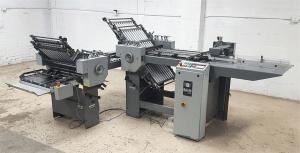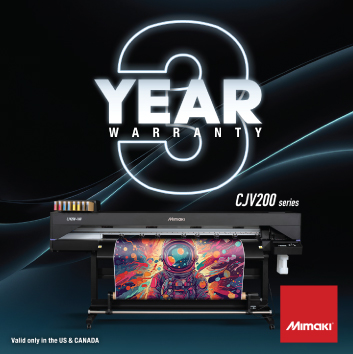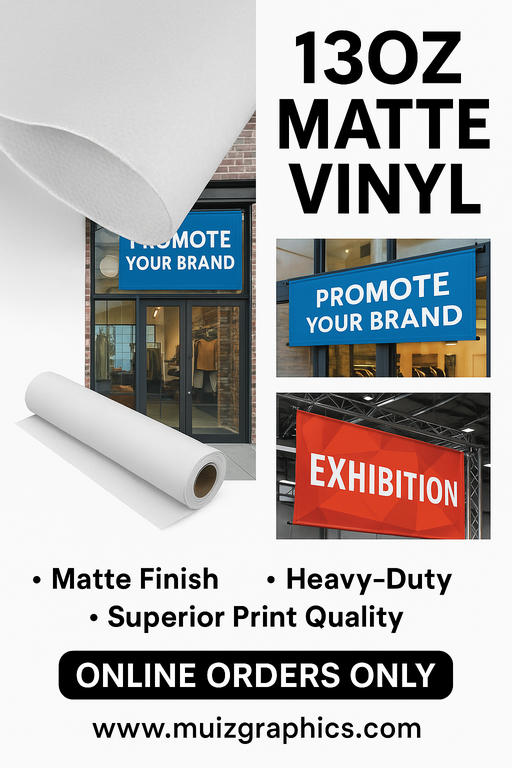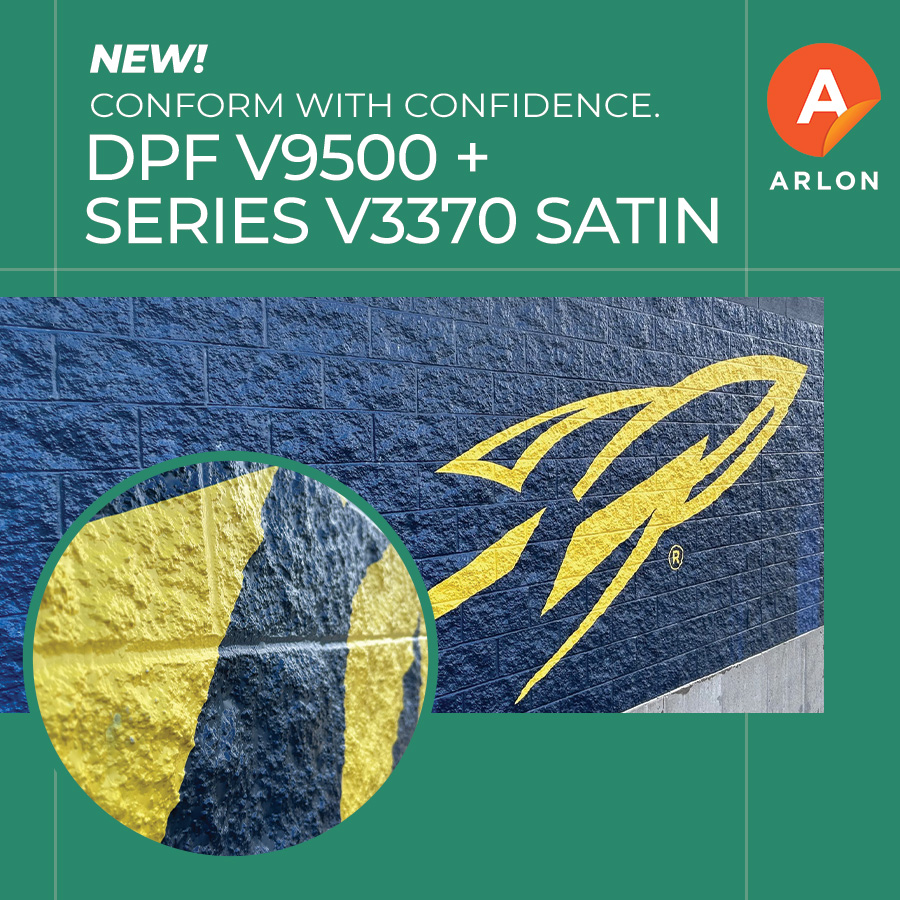Hot off the press: Wide-format printing trends for businesses to follow
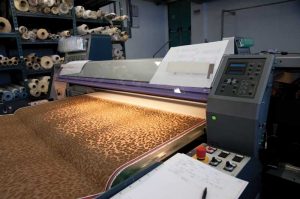
Adapting and diversifying offerings for printed products
With the popularity of UV-cure equipment and the rise of latex rigid printing, the wide-format market will continue to grow. Enterprising owners and operators are already seeking out new ways to maximize their capital expenditures through an increased number of offerings—often including inventive display graphics solutions. PSPs who are diversifying the type of work they print and the customers they serve will continue to create an impact. Just like any business, the ability to successfully expand one’s specializations will open doors to additional business opportunities.
With so many commercial printers investing in wide-format very rapidly, the market is becoming saturated, leaving much of this apparatus underutilized. This has led to growth in competition and created margin pressures as they try to fill this capacity. Like the traditional commercial market, wide-format is expected to see an increase in consolidation year-over-year. To remain competitive, printers need to identify specialized and/or niche wide-format domains they can reliably “own” in their local market.
As inks evolve and improve, there will also be continued significant development in the diversity of substrates available to print on. In the last five years, there has been remarkable growth in unique products—many of which started off as niche offerings and have grown based on customer demand. PSPs can continue to use these substrates to expand their footprints in the market. The dynamic growth in soft signage is a perfect example of how the marriage of printer manufacturer and substrate manufacturer has helped create an entirely new segment within wide-format, which has had a profound impact on the economics of POP display graphics.
PSPs want solutions which help them meet their evolving needs, such as increased automation in their end-to-end print workflows, verifiable output accuracy which can be proven as consistent over time, and the ability to show print buyers output quality before printing, to differentiate themselves in an already competitive landscape.
There is also a large demand for data, primarily from the production workflow, which is expected to see an increase over the next several years. Having site-wide control using actual data which is not dependent on human input or estimations is becoming a necessity for success in running a productive and efficient print environment. Implementing a solution that can monitor all print jobs in one location and provide production capacity, efficiency, and cost information is just one way PSPs are growing their profitability and reducing waste.
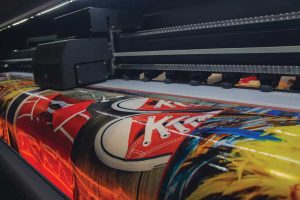
Conclusion
Based on the changes in wide-format printing over the last 10 years, the market will continue growing, with PSPs diversifying and printing on a greater number of substrates to meet customer demand. Customization and localization of marketing campaigns, which have proven themselves successful, will become the standard for all campaigns. This will continue to aid in the growth of digital printing in the wide-format market. Further, as print quality continues to improve, print speeds get faster, and PSPs require optimum ink performance, technological developments in the wide-format market will also allow for continued growth.
There will also be a shift towards print and fabrication. This includes multi-substrate displays or signage with ability for the printer to provide the fabricated piece. For example, a PSP could build a lightbox and print the fabric the retailer would use for the display, which would be easy to change out. Being a fabricator means they can “own” the annuity of replacing a printed sign, which usually changes with each season or promotion. The long-term value lies in the ability to provide this service to customers.
Smart printers who have invested in wide-format will begin to find specialized niches they can “own” in their market. From product niches like fabric or vehicle wraps to industry niches like commercial real estate or promotional packaging, specialization is the best way to ensure success in the wide-format business.
Sohil Singh is vice-president of StratoJet USA. Singh has been in the wide-format industry for more than 11 years, starting work with building and developing printers since 2008. With the goal and vision to make best-in-class print solutions using the perfect combination of technology and simplicity, Singh helps businesses become more efficient on print applications and production.
Aditya Bhardwaj is a marketing assistant with StratoJet USA. Bhardwaj is passionate about large-format print technology, as well as building a creative vision to educate the new, upcoming generation on large- and wide-format printing using the company’s latest technological innovations.

